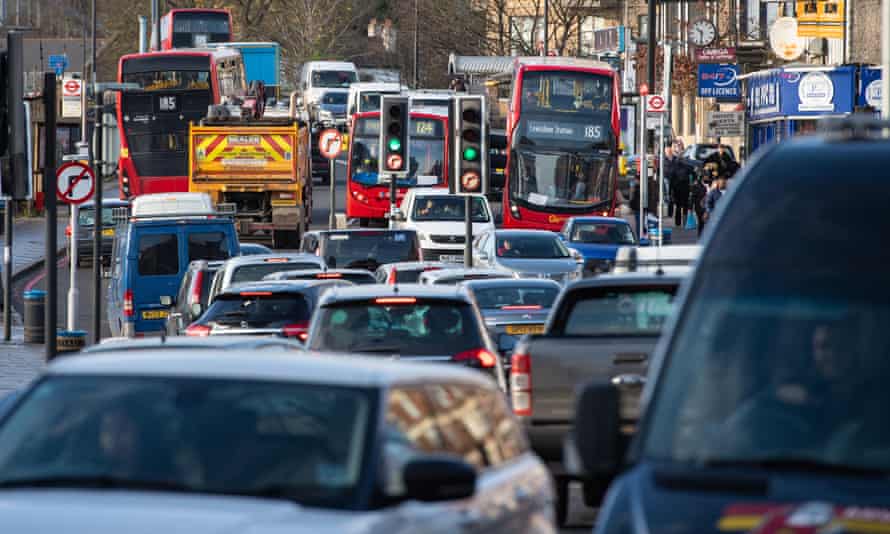Is the UK lagging behind in greening its cities?
Some problems can seem intractable but projects worldwide show change is possible

First published on Fri 30 Jul 2021 01.00 EDT
Around the globe many cities are redesigning themselves for the 21st century, but will the UK be left behind?
Pressures on the UK’s urban environments are likely to increase, according to a report from the Environment Agency. Eight out of 10 people call these areas home and urban populations are expected to be 18% greater by 2036 than they were in 2011. Although the air that we breathe in our towns and cities has improved hugely since the 1950s, progress on particle pollution has stalled in recent years. In 2019, three-quarters of the UK’s reporting zones still failed legal limits for nitrogen dioxide that were set in 1999.
The burden is not even. Air pollution is worse in ethnically diverse areas and for those with young children. Our poorest communities have more air pollution, but emit the least, and the gap between the air pollution experienced by the richest and poorest widened in the first decade of this century. The poorest also tend to live closest to waste sites and polluted rivers and streams, and to face more risk from flooding.
These seem intractable problems on their own, but realising their linkages and tackling them together can simplify solutions. For instance, the paved and tarmacked areas of our cities add to urban heat islands and flash flooding. Our polluted roads and rivers are connected by runoff from street drains and road traffic that pollutes our air also produces the noise that disturbs our peace.
In 1829, John Claudius Loudon proposed an expanded London designed as concentric rings of urban areas and open green spaces so that no one was more than a half mile from a “place to breathe”. Today, Barcelona is creating superblocks by converting road space to greenery, to give every home a public square and green street within 200 metres.
Green areas can be designed for wildlife and help with rainfall runoff too. The mayor of Paris, Anne Hidalgo, was re-elected in 2020 promising a 15-minute city where shops, cafes, parks, sports facilities, health centres, schools and workplaces are just a walk or bike ride away. Melbourne has written the same idea into planning policy.
Changes to employment patterns after Covid may mean more people working from home in the suburbs, in places less well served by public transport and local shops, making such changes ever more urgent. For most of us in Europe, our towns and cities were not designed for motorised transport that strangles them today. They were mostly laid out many decades or a century or more ago, before mass car ownership. Our cities were built for walking, cycling and public transport. Recreating a low traffic city may not be as hard as you think.